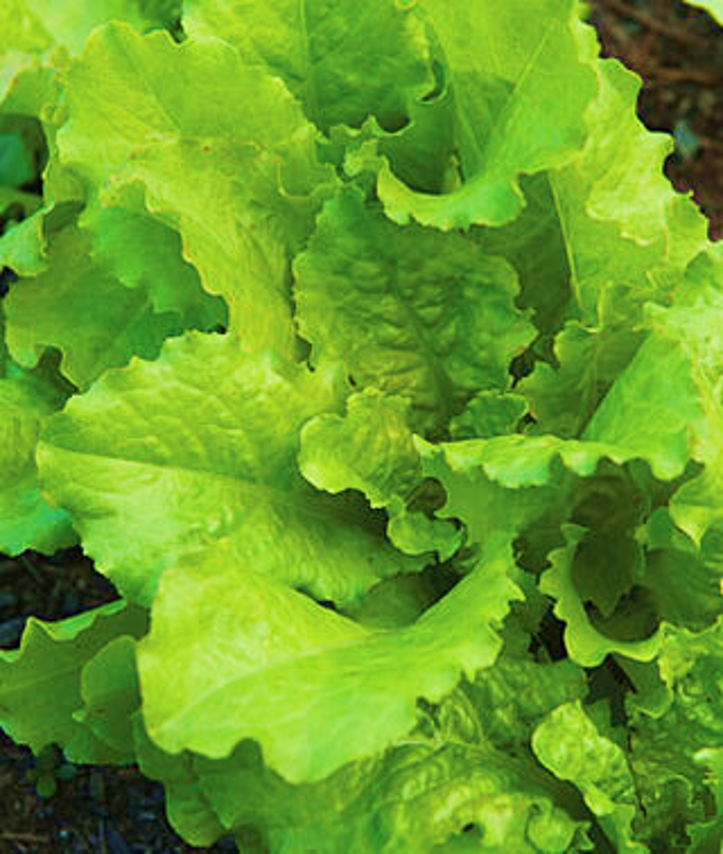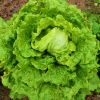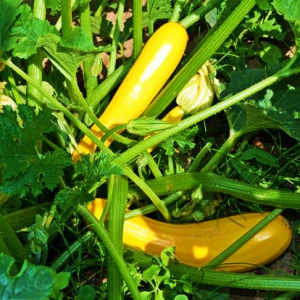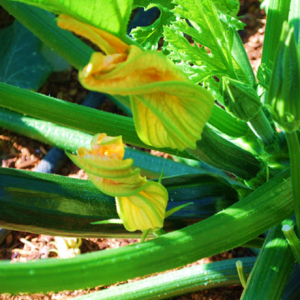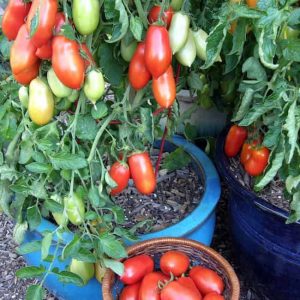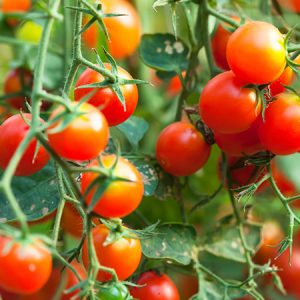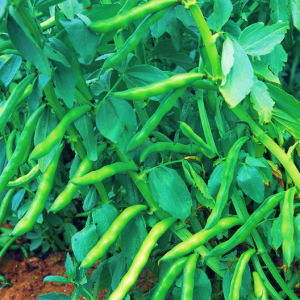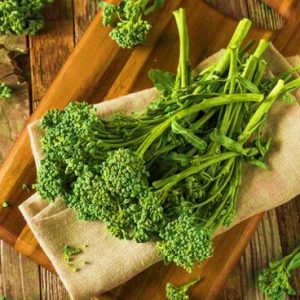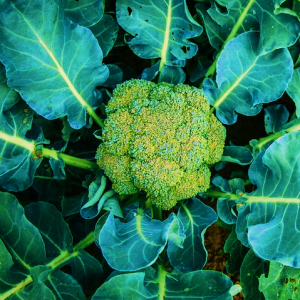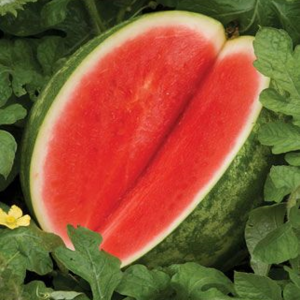Lettuce Iceberg Summer Seed
$1.04
Lettuce Iceberg Summer Plant is a great addition to any garden, especially for summertime plants. The best part is that you can grow them in your garden all year round. In order to get the most out of this Plant, make sure to water it thoroughly throughout the day and then fertilize it every week. You should also keep the soil moist because the plant needs a humid environment.
Well, Lettuce Iceberg Summer Plant has a lot of nutrients to offer. It is full of vitamins A, B, C, and E, as well as chlorophyll. All of these help your plants to grow healthy, so they won’t wither or die out in the winter.
Out of stock
SKU: LETICE000SD
Category: Seeds
Lettuce Iceberg Summer Plants Growing Tips And Benefits
- When looking for a new lettuce plant, you may have already discovered that Lettuce Iceberg Summer Plant is your best option. Its popularity is largely due to its ability to survive in both the hot and cold weather conditions found throughout the United States. Although iceberg lettuce can be found easily, it is still most commonly found in the produce sections of some large grocery stores.
- However, Lettuce Iceberg Summer Plant can be grown in a variety of containers, both indoors and outdoors, so you don’t have to worry about which plant will work better for your climate. One great thing about growing iceberg lettuce in containers is that you can use the plants as either a starter plant or an annual. The following guide will help you choose the best way to grow lettuce.
- You can look for Lettuce Iceberg Summer Plant growth in the leaves by checking the leaves for brown spots or green rings. You may also want to inspect for signs of disease such as small black dots, yellowing of leaves or leaf edges, or leaves that are brittle or deformed.
- During the colder months of the year,Lettuce Iceberg Summer Plant growth slows down considerably. It’s important to know when to harvest your lettuce plant. During the cooler months of winter, lettuce should be harvested when the leaves are starting to turn yellow or gray. If left unattended, this coloration may continue long after the lettuce leaves have turned gray or yellow. Harvest lettuce at least two weeks before frost.
- Before you plan on growing Lettuce Iceberg Summer Plants outdoors, it is very important that you prepare your soil properly. If you plant your lettuce plants in containers that are too loose, they will experience a hard time growing and may eventually break off. Always make sure your container is at least six inches deep, with two inches of space between each of the containers, to ensure your lettuce roots do not have to struggle to get a firm footing.
- Make sure to water your Lettuce Iceberg Summer Plants thoroughly when they are first transplanted. If you water them too frequently, they may become root-bound, which means they will be unable to grow as tall as they would if they were allowed to rest between watering. Make sure to water your plant twice a week during the growing season, once in the morning and once in the evening. Although this may seem like a lot of water, it is necessary to keep the roots healthy and to maintain their roots’ ability to grow.
- Once you start growing your Lettuce Iceberg Summer Plants, make sure to remove any dead leaves from the plant before harvesting, as they can spread harmful germs and other insects. To prevent your lettuce leaves from spreading, take a pair of scissors and cut the leaves into short pieces. Then, wash these pieces in hot water, and bleach to kill the bacteria. Also, rinse your leaves in water mixed with bleach after rinsing.
- After harvesting your lettuce plant, it is important that you allow the Lettuce Iceberg Summer Plant roots to dry completely before removing them from their pot. The roots may wilt and die if left exposed to the elements, and this can encourage fungus growth.
- Most people will harvest their Lettuce Iceberg Summer Plants when their leaves turn golden brown, but it is not a necessary step. You can actually harvest your lettuce plants any time of year. However, harvesting your lettuce plants when they turn golden-brown will help increase the taste and texture of your salad, making it easier for you to enjoy salads that taste like their natural home planet.
- Harvesting your Lettuce Iceberg Summer Plant leaves before harvesting them can also give you more time to concentrate on making your salads flavorful. Instead of harvesting your leaves at the last minute, wait until your leaves turn golden brown, turn green, and begin to wilt. or begin to brown. crumble the leaves before tossing them into a salad.
- When you harvest your lettuce iceberg summer plant, it is important that you always remove any dead leaves from the plant. This will help prevent the formation of black spots, which may be a sign of mold. mildew.
Related products
Seeds
$70.04
$109.02
$27.30
Seeds
$7.18
$19.04
$41.10
Seeds
$19.58
$576.80

